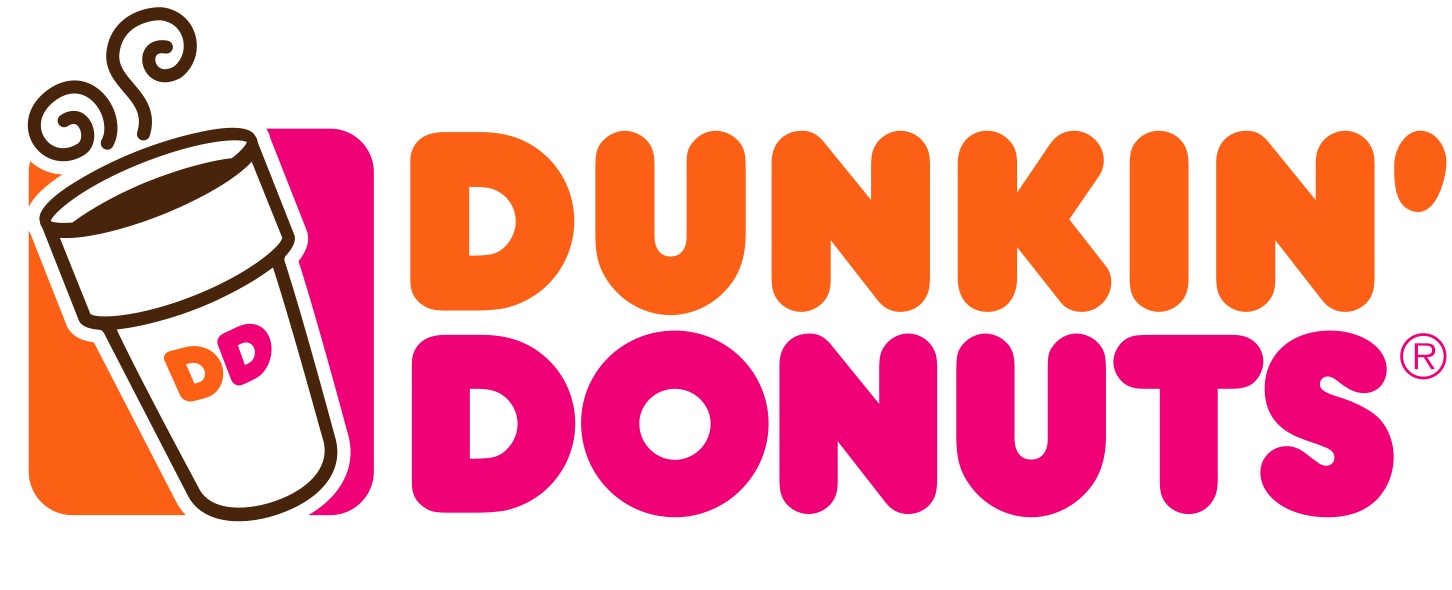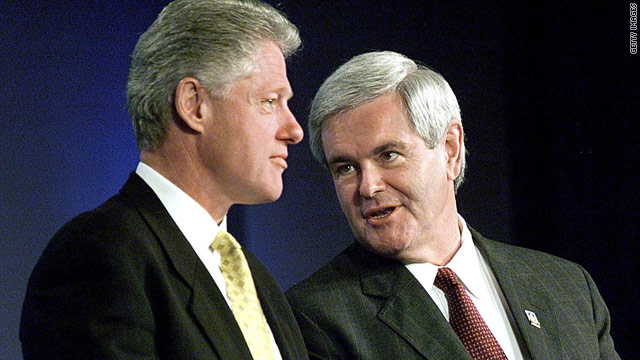Last week, negative developments far outpaced those considered to be positive. As a result, stocks declined in value.
Here is a succinct summation of last week’s events:
Positives:
1) Thru all the political noise, yields with maturities ranging from 2′s to 30′s are all lower
2) June Pending Home Sales unexpectedly rise 2.4%
3) Initial Jobless Claims fall a touch below 400k for 1st time in 16 weeks
4) Conference Board consumer confidence up a touch but period ended 2 weeks ago before political noise got really loud
5) India steps up fight against inflation with 50 bps rate hike
Negatives:
1) DC politicians get us into this mess and have little courage to get us out
2) Overnight LIBOR, repo and t-bill yields all spike
3) Q2 GDP disappoints with only 1.3% growth off a lower than expected base from Q1, revised to just .4% gain
4) Chicago PMI falls a touch, follows weak NY, Philly, Dallas and Richmond mfr’g surveys
5) Final UoM confirms preliminary report that has confidence at lowest since March ’09
6) MBA said purchase apps fall to lowest since Feb
7) S&P/Case-Shiller home price index remains near multi yr low
8) Durable goods orders disappoint-non defense cap goods ex aircraft falling .4%
9) India hikes rates more than expected, are they killing growth?
Category Archives: Uncategorized
The Markets This Week

America may have no other choice than to run on Dunkin’ if Washington fails to avert a looming fiscal crisis by the Aug. 2 deadline to lift the debt ceiling and agree on spending cuts.
Although House Speaker John Boehner pushed a bill through the lower house late Friday to raise the debt ceiling, it seemed highly unlikely to get Senate approval, as it called for, among other contentious items, a Constitutional balanced-budget amendment.
The federal government hit the $14.3 trillion debt cap in May, and Treasury has been rolling over its debt to squeak by. The ever-present threat is that at some point the debt won’t be as attractive to as many buyers—especially if there were to be a credit downgrade—and interest rates will have to rise as an enticement, putting the U.S. in an even deeper hole.
U.S. stocks posted their worst performance in a year, dragged down by the threat that the nation’s triple-A credit rating could be cut.
Friday marked the sixth straight day of losses for the Dow Jones Industrial Average, which fell 537.92 points, or 4.24%, for the week, to 12,143.24, the largest weekly drop in percentage terms since July 2, 2010. The Nasdaq shed 102.5 points, or 3.58%, to end the week at 2756.38. Gold surged to an all-time high of $1,632.30 a troy ounce before falling back to $1626.40, as investors looked for cover.
Dashing spirits further, data released Friday showed that the U.S. economy grew at an anemic 1.3% rate in the second quarter, up from 0.4% in the first, but below the 1.8% that had been expected by economists polled by Dow Jones Newswires. Consumer spending, a key driver of economic growth, rose by a slight 0.1%, mainly because of higher prices for gasoline and food.
Amid growing anxiety in the markets about a possible U.S. default on its debt, investors managed to muster lots of enthusiasm for the shares of coffee-seller and doughnut maker Dunkin’ Brands Group (ticker: DNKN), lifting the stock to 27 from its initial public offering price of 19 on Wednesday, a gain of more than 50%. The success of Dunkin’ was emulated by Teavana (TEA), a specialty tea retailer with a strong online presence; its stock soared more than 60% from its 17-a-share offering price in the first day of trading Thursday. Both stocks came out of the box priced above their expected ranges. There was also strong interest in gourmet-food retailer Chef’s Warehouse (CHEF), which rose about 17%, from an initial 15 in its debut. All are tied to discretionary spending and commodity costs, but investors are betting on strong growth from store expansion.
Retail IPOs are up on average about 60% from their offering price, versus 11% for all IPOs this year, according to Renaissance Capital. Last week was the busiest for IPOs since November 2007—but they weren’t enough to prop up the market (Source: Barrons Online).
The Numbers:
Last week, US Stocks and Foreign Stocks decreased. Bonds increased. During the last 12 months, U.S. STOCKS outperformed BONDS.
Returns through 7-29-2011 | 1-week | Y-T-D | 1-Year | 3-Years | 5-Years | 10-Years |
Bonds- BarCap Aggregate Index | .6 | 4.4 | 4.4 | 7.1 | 6.6 | 5.7 |
US Stocks-Standard & Poor’s 500 | -4.2 | 3.8 | 12.6 | -2.4 | -2.9 | .7 |
Foreign Stocks- MS EAFE Developed Countries | -2.2 | 1.3 | 13.9 | -4.1 | -1.8 | 3.1 |
Source: Morningstar Workstation. Past performance is no guarantee of future results. Indices are unmanaged and cannot be invested into directly. Three, five and ten year returns are annualized excluding dividends.
“Like” and “Follow” Valley National Financial Advisors!
The Debt Limit – What Did Bill Clinton and Newt Gingrich Do in 1995?

They argued. And, debated. And, chastised. And, pleaded with the American voters…… when faced with similar circumstances in November, 1995. Back then, Newt and like minded Republicans refused to raise the debt limit. Their motive was to rein in spending as part of the “Contract With America” – the 1994 mid-term election slogan. The political process failed to bring both sides together. DOES THIS SOUND FAMILIAR?
The November, 1995 debt limit deadline came and went without Congressional action to raise it. In fact, the debt limit was not raised until March, 1996 – over 4 months after the original debt ceiling crisis deadline. The U.S. Treasury jiggled the books to avoid a default by moving money between different government funds. What happened to the stock market during this 4 month period? IT WENT UP! And, by a whopping 11.7%.
And, Bill Clinton was re-elected in 1996.
I think it is important to repeat last week’s view: lots of uncertainties exist with both the debt limit and potential downgrade of the U.S. Government debt. But, there is plenty to be optimistic about especially with improved corporate profits plus the FED’s stance on keeping interest rates low. My current view is the positives will ultimately outweigh the uncertainties. For this reason, I recommend that: (1) you maintain your long term asset allocation, and (2) if you have idle cash, invest it in this period of uncertainty at lower prices.
Motivational Quote of the Week

“Don’t let your victories go to your head, or your failures go to your heart.”
Personal Notes

Major kudos to my daughter Erika who demonstrated outstanding intestinal fortitude by doing a full triathlon during yesterday’s HOT weather. It was hot merely watching her, let alone doing it. By the way, to do a full triathlon, the participant starts by swimming 1 mile, jumps out of the water, sprints to a bike located in a predetermined area, cycles 25 miles, returns the bike to the predetermined area, and in the last leg, runs over 6 miles in a cross country format.
I admire her willingness to take on the triathlon challenge. And, do it. Her finishing time?………it doesn’t matter. Like Sir Edmund Hillary said, “It’s not the mountain we conquer, but ourselves”.
The Economy
Last week, negative developments far outpaced those considered to be positive. But, stock surprised by rising. Here is a succinct summation of last week’s events:
Positives:
1) EU steps up with more help for Greece, Portugal and Ireland as EFSF becomes super TARP and Greek bond holders finally take a hit, but will it be enough?
2) July Philly mfr’g bounces back into positive land but still weak at 3.2 (was 43 in March)
3) MBA said refi’s bounce 23.1% off 10 week low, finally responding to low rates
4) Single and multi-family housing starts bounce, multi we need more of, single we don’t right now
5) NAHB home builder index bounces 2 pts to 15 but off very depressed level
6) Corporate earnings so far, so good but guidance mixed
Negatives:
1) Preliminary HSBC mfr’g index in China falls below 50 for 1st time in a yr
2) Euro zone mfr’g and services composite index falls to lowest since Aug
3) German IFO business confidence drops to lowest since Oct
4) French business confidence down to 7 month low
5) US initial jobless claims rise more than expected, now above 400k for 15th straight week
6) Existing home sales fall to lowest since Nov and month’s supply rose to 9.5, most since Nov
7) Still no US debt/deficit deal
8) After falling from $3.98 to $3.56 per gallon of gasoline May thru early July, it’s back to $3.70.
The Markets This Week

Relieved by progress made to contain the government debt crisis, the flip-flopping U.S. stock market rallied last week to move within 1.4% of a fresh 2011 high. But gold climbed, too, for a third straight week to a new record above $1600 an ounce, a hint investors aren’t yet ready to let down their guard.
Late last week, Europe approved a €109 billion bailout for Greece and vowed to finance weaker nations until they can borrow from private lenders. But stateside, Washington continued to debate conditions and proposals—including higher taxes and trillions in spending cuts—for increasing our $14.29 trillion debt ceiling.
A compromise before the Aug. 2 deadline that staves off interest payment defaults might placate the stock market and goose the Standard & Poor’s 500 above its late-April peak of 1364, up from the 1345 level where the benchmark closed Friday. But the longevity of any rally will ultimately depend on whether Washington can craft a plausible longer-term fiscal solution.
A last-minute or disappointing stop-gap deal to raise the debt ceiling could prompt rating agencies to cut the U.S.’ AAA credit rating, or the cut could come when politicians fail to devise a longer-term solution. “The former could have a more negative impact on stocks than the latter, as a delayed downgrade should give investors more time to digest the implications,” notes David Bianco, BofA Merrill Lynch chief U.S. equity strategist. But while a snap rating cut to AA could drive the S&P 500 down to about 1250, Bianco expects any selloff to be short-lived as Treasury bond yields are unlikely to surge much due to the downgrade.
Still, watch how long Europe’s respite lasts. Without interest rate cuts from the European Central Bank, “there’s nothing to counteract the grinding deflation that will have to occur in the periphery in order to equilibrate costs and prices with the rest of the eurozone,” says Michael Darda, MKM Partners’ chief economist. Chinese stocks also have rebounded in four of the last five weeks, adding to the expectation that inflation there will begin to ease and the Chinese economy coasts to a proverbial “soft landing.” But Darda thinks Asia’s largest economy could slow further, and earnings may not rebound swiftly once its central bank stops tightening, what with bank reserve requirements at the harshest level on record and short-term interbank lending rates at an 11-year high.
The Dow Jones Industrial Average ended last week up 201, or 1.6%, to 12,681. The S&P 500 snagged its third gain in four weeks. The Nasdaq Composite Index rallied 69, or 2.5%, to 2859, while the Russell 2000 added 13, or 1.6%, to 842.
IT HELPS THAT U.S. COMPANIES are reporting strong second-quarter profits. So far, companies’ profits are coming in 3.8% higher than analysts’ forecasts, while revenues are surpassing targets by 3%, notes Morgan Stanley. Just 7% of companies have missed their profit marks, and only 9% have fallen short of revenue targets.
It’s a measure of the market’s cowed neutrality—or ambivalence—that stocks rise or fall almost entirely in line with whether they surpass or miss forecasts. According to Bespoke Investment Group, companies beating their targets have seen shares rise an average 1.42% the next session, while those missing have fallen 3.72% (Source: Barrons Online).
The Numbers
Last week, US Stocks and Foreign Stocks increased. Bonds decreased. During the last 12 months, U.S. STOCKS outperformed BONDS.
Returns through 7-22-2011 | 1-week | Y-T-D | 1-Year | 3-Years | 5-Years | 10-Years |
Bonds- BarCap Aggregate Index | -.1 | 3.6 | 4.2 | 7.1 | 6.6 | 5.7 |
US Stocks-Standard & Poor’s 500 | 2.0 | 8.1 | 19.0 | -1.3 | -1.5 | 1.1 |
Foreign Stocks- MS EAFE Developed Countries | 3.4 | 3.4 | 18.8 | – 3.6 | – .5 | 3.5 |

